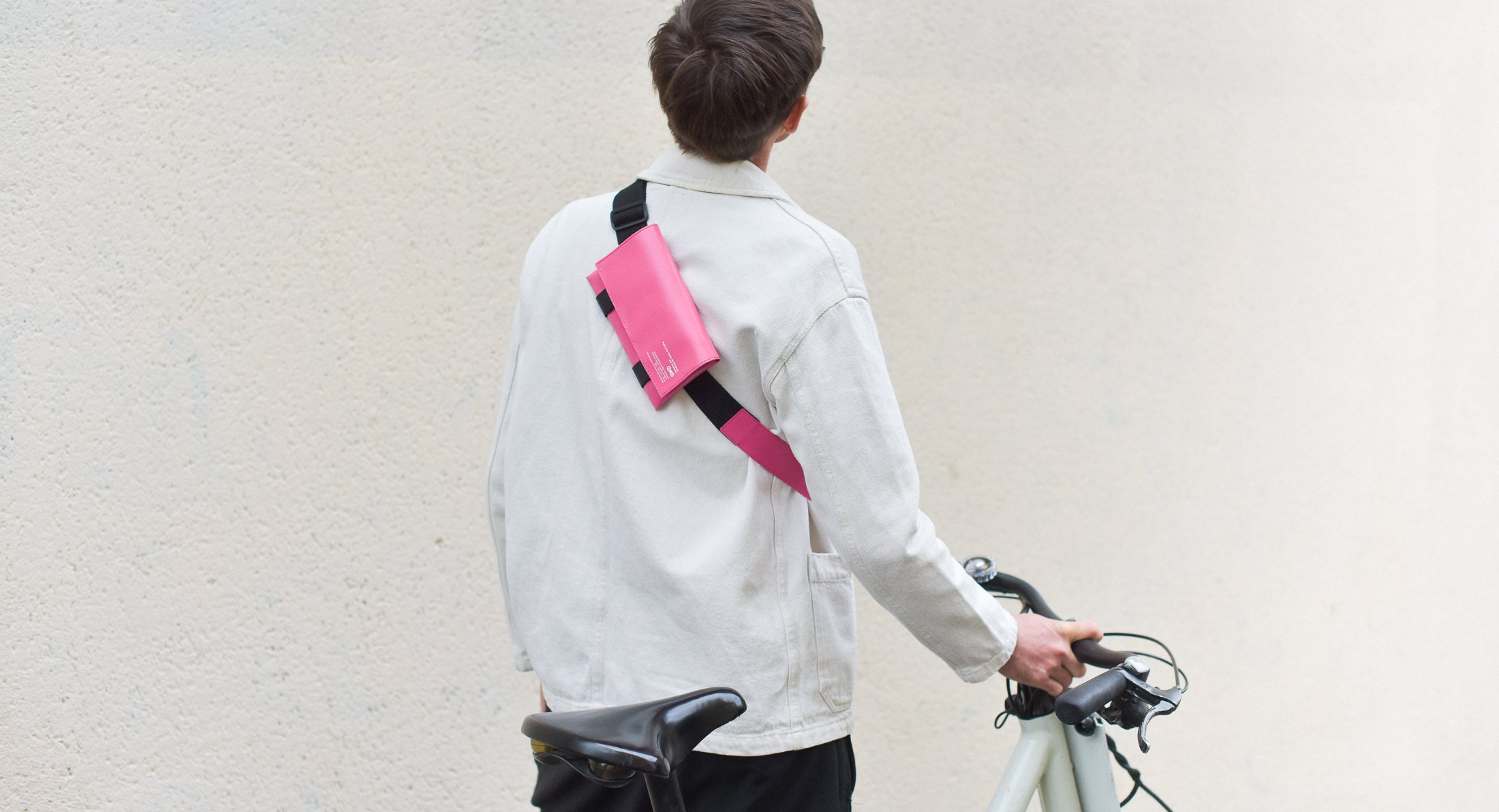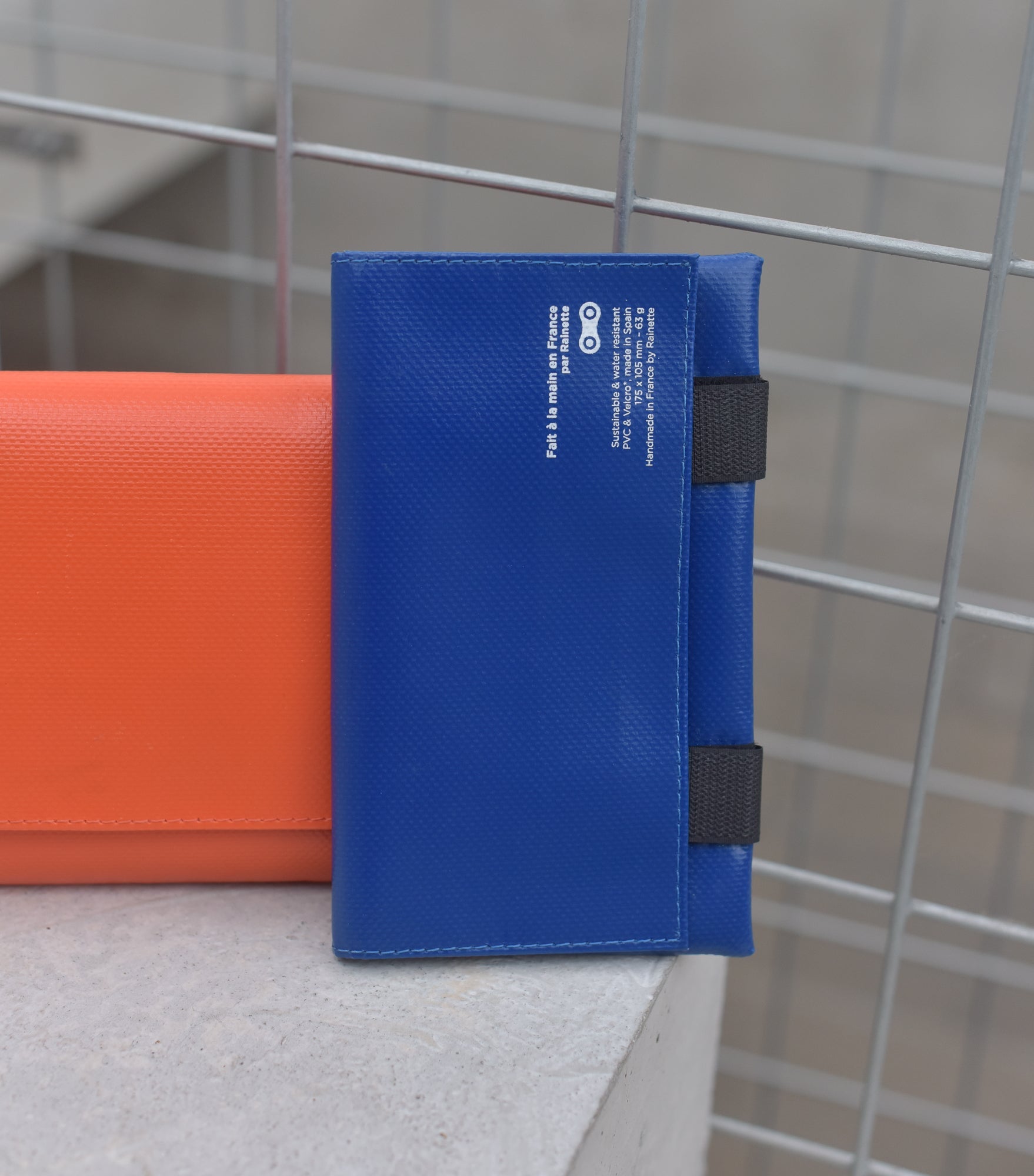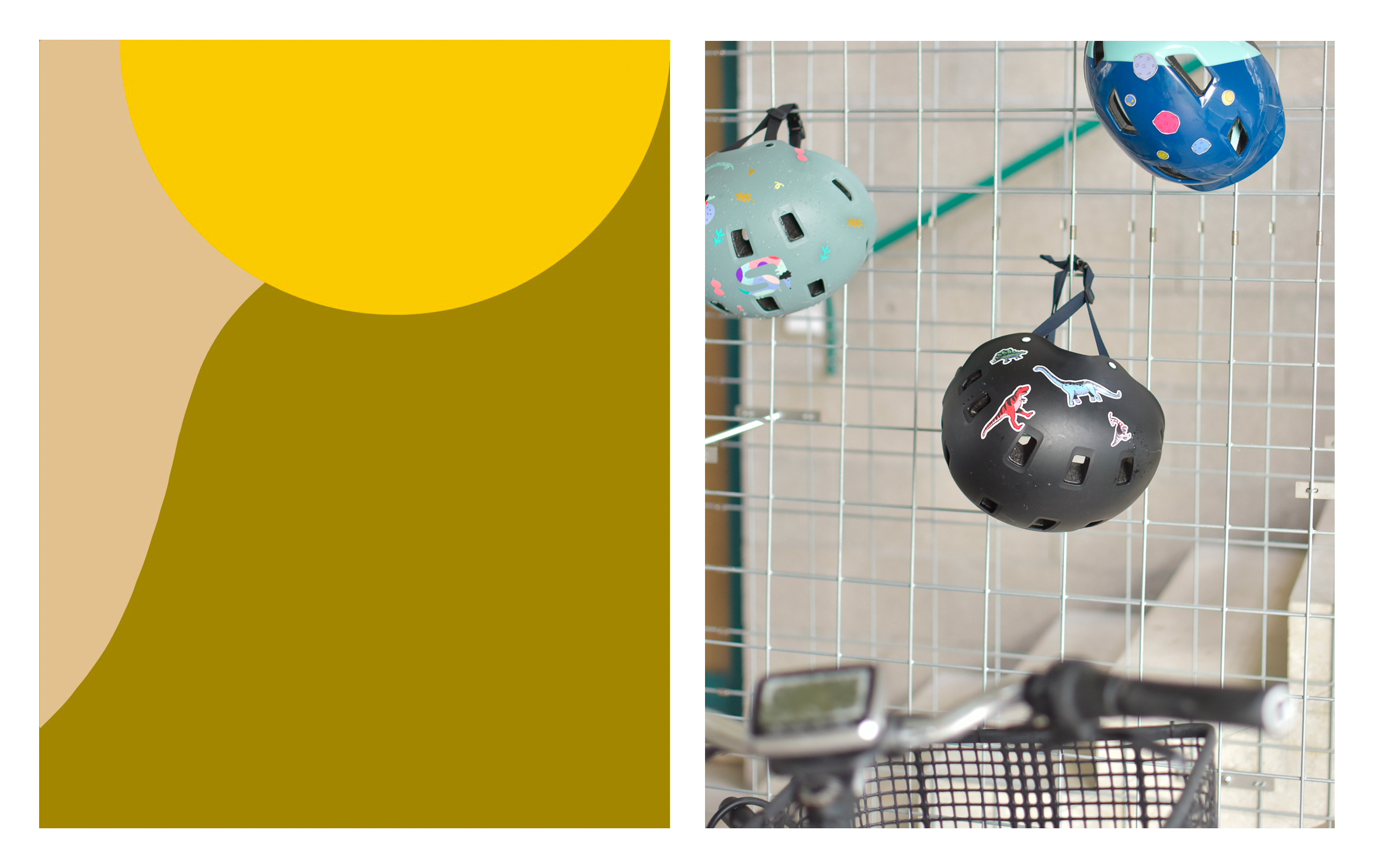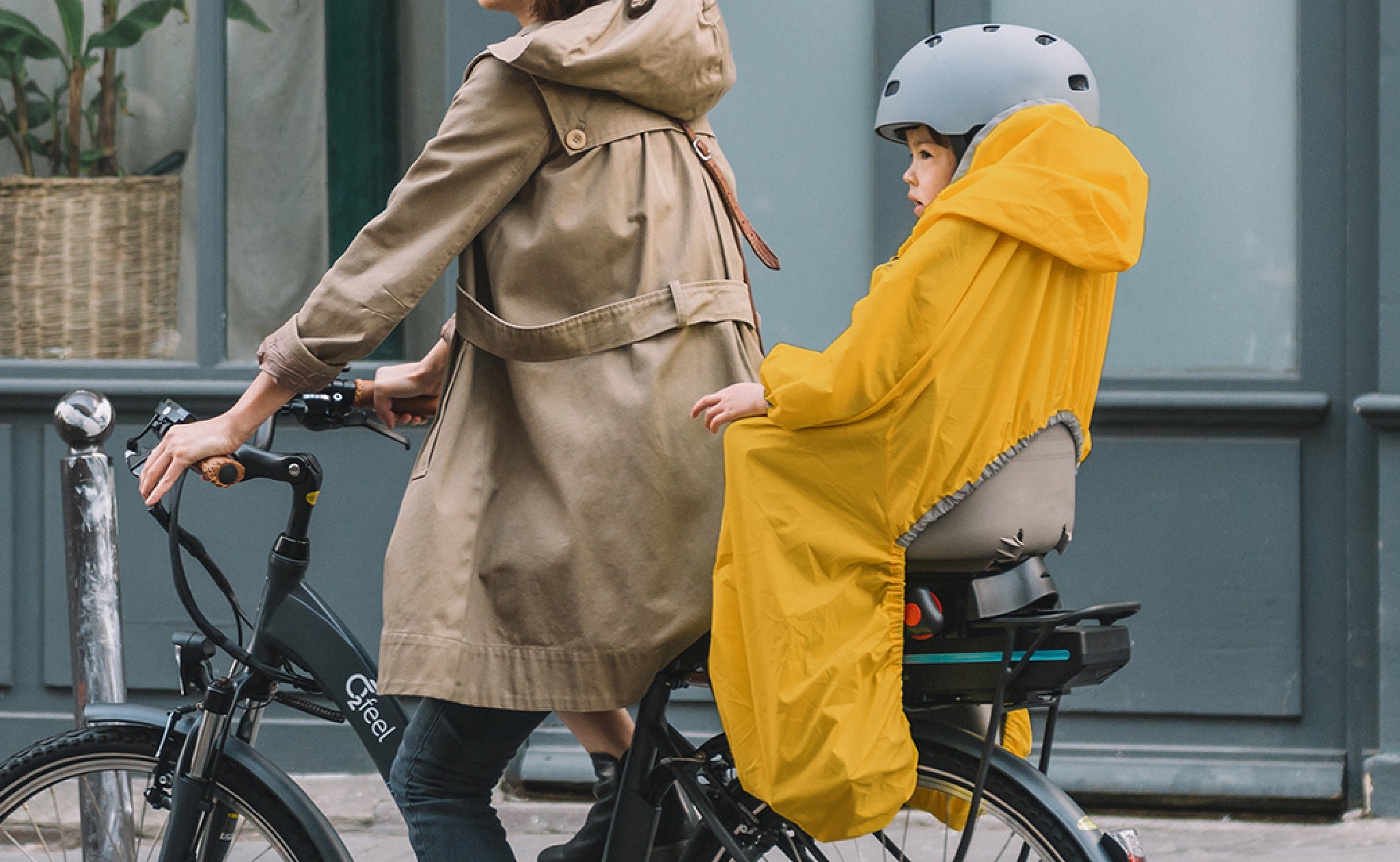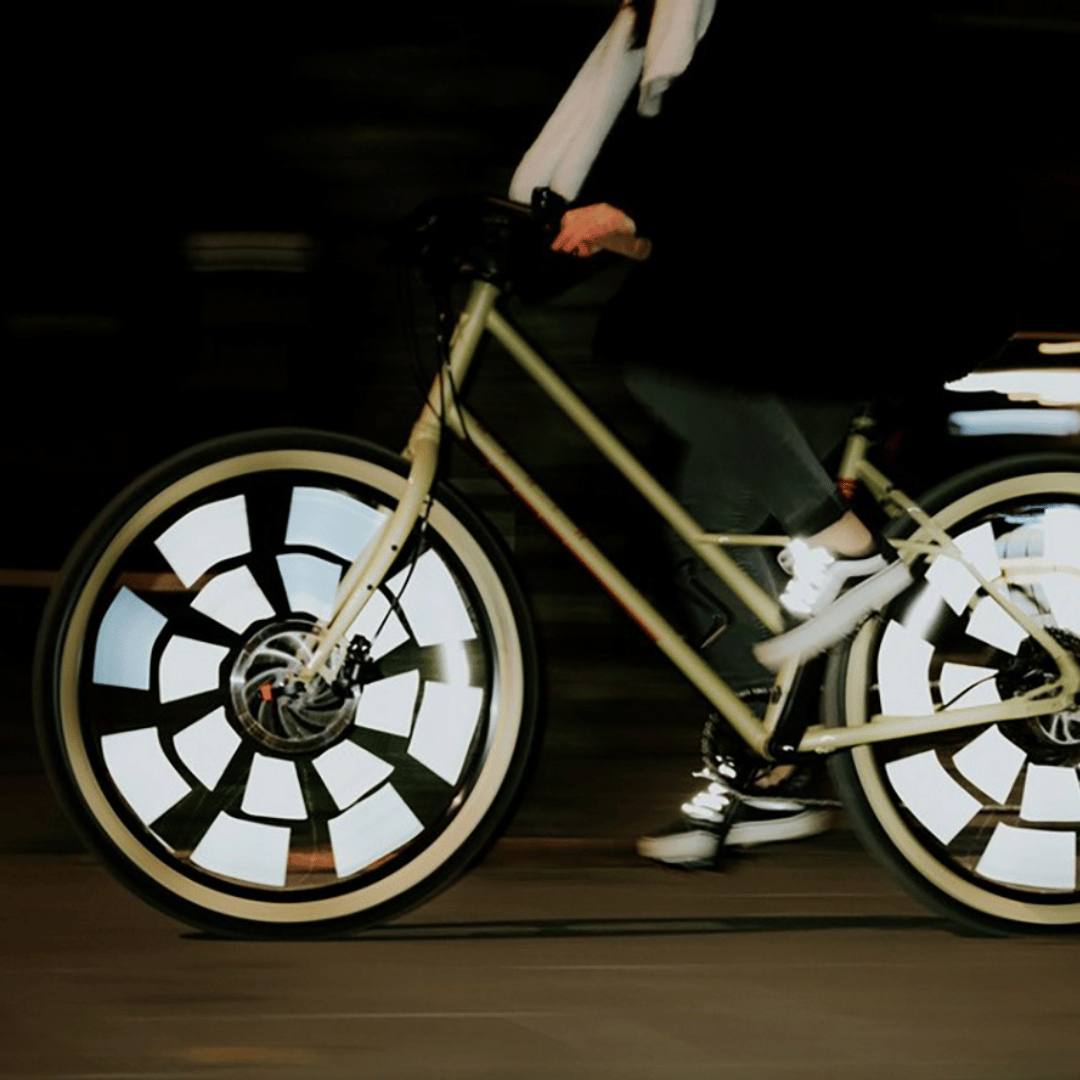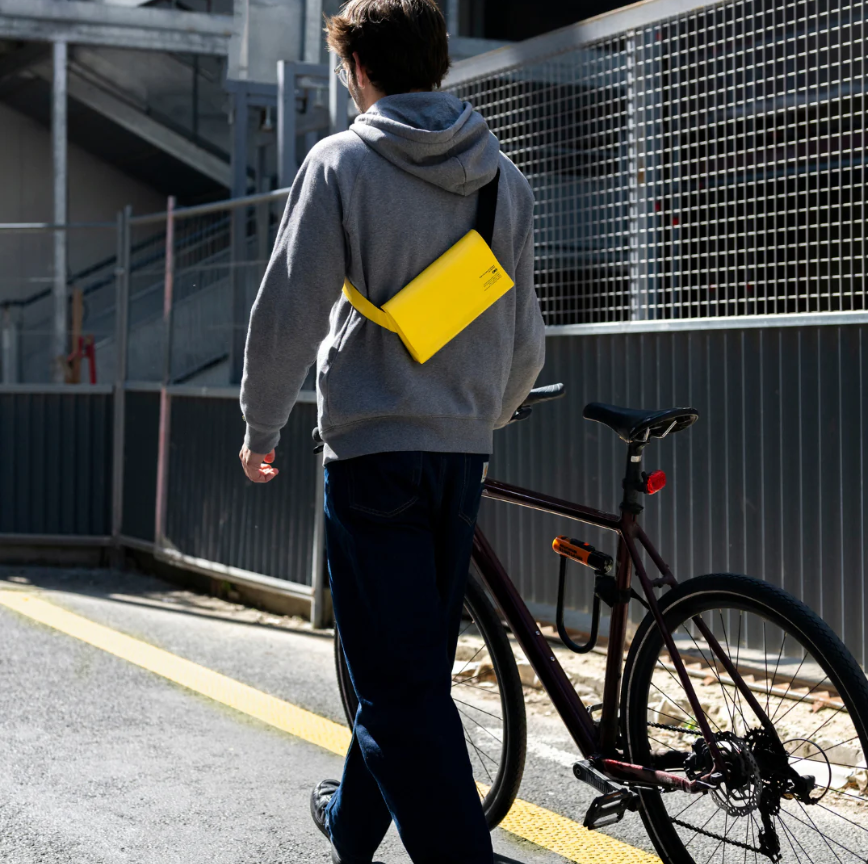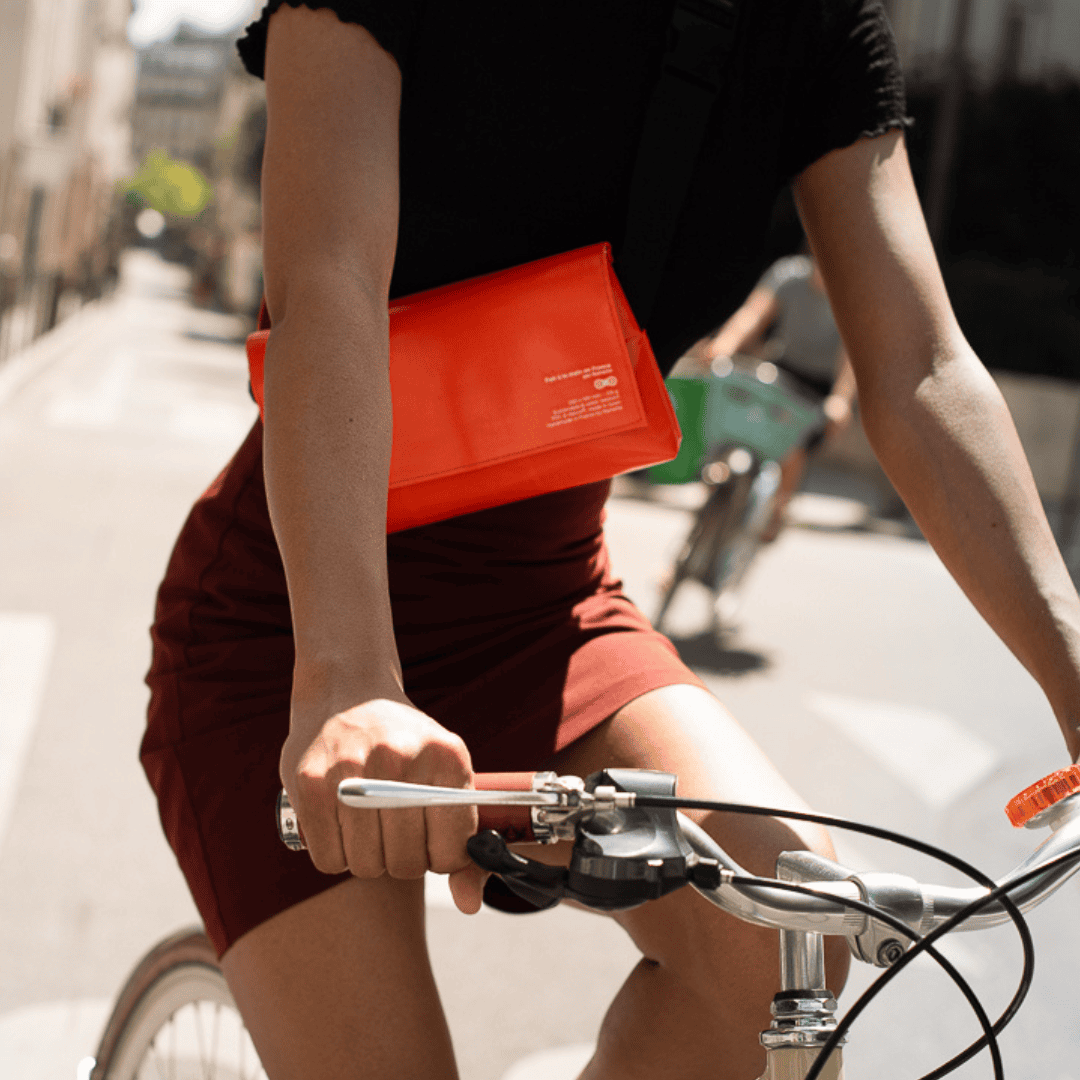Bicycle safety: the essential rules for a trouble-free ride
Cycling is a practical, economical and environmentally-friendly means of transport that is attracting more and more enthusiasts, both in the city and in the countryside.
However, we mustn't forget that cyclists are fragile road users, and that bicycle safety is essential to avoid accidents and ensure trouble-free journeys.
Why is bicycle safety crucial?
Cycling safety is a major issue, especially in urban environments with heavy traffic. Cyclists are vulnerable road users, and in the event of an accident, the consequences can be serious.
In France, around 30% of cyclists injured in accidents are seriously injured, demonstrating the importance of adopting good safety practices.
By observing safety rules, you reduce the risk of accidents, whether with other vehicles or pedestrians.
By feeling safe, you'll ride with more confidence, which will also enhance your cycling experience.
Safe behavior means sharing the road more harmoniously with other road users (motorists, pedestrians).
Essential safety equipment
Helmets: a vital piece of equipment
Although helmets are not compulsory for adults in France, they are strongly recommended, and even essential, for children under 12. Helmets considerably reduce the risk of head injury in the event of a fall.
Choose an approved helmet (EN1078 standard) that covers the back of the head and fits properly.
In the event of an impact, or after a few years' use, we recommend changing your helmet to guarantee optimum protection.
Lighting and signage
Being visible is essential to avoid accidents, especially at night or in low-light conditions. Cyclists must be equipped with functional lighting to be clearly seen by other road users.
A white light at the front and a red light at the rear are mandatory and must be in good working order.
Reflectors on the wheels, pedals and sides of the bike improve lateral visibility.
In addition to lighting, wearing a reflective vest or accessories, either on you or on the bike, further enhances your visibility, especially in poorly lit areas.
Brakes: a reliable system
Brakes in good condition are essential for reacting quickly and avoiding accidents. It's important to check them regularly.
Disc brakes are often more efficient, especially in wet weather, but rim brakes can also offer good safety if properly maintained. Above all, the key is to maintain your equipment properly.
Make sure brake pads are not worn and cables are not slack to maintain efficiency.
Mirrors, bells and horns
Having a rear-view mirror on your bike means you can keep a better eye on what's going on behind you without having to turn your head, thus limiting the risk of deviating from your course.
Likewise, a bell or horn is mandatory to warn pedestrians or other cyclists.
Best practices for maximum safety
Respect the Highway Code
Cyclists must comply with the Highway Code, just like all other road users. This includes respecting traffic lights and road signs. Not running a red light is essential for your safety.
More and more traffic lights are accompanied by a yield sign allowing cyclists going in a certain direction to pass despite the red light. In this case, it's advisable to be extra vigilant when entering the intersection.
It is also important to give way to pedestrians and vehicles in accordance with traffic regulations.
Anticipating movements
A cyclist must always anticipate the movements of other road users, whether cars, motorcycles or pedestrians.
Always signal your changes of direction with your arms or flashing equipment to inform others of your intentions and avoid taking them by surprise.
Don't follow vehicles too closely to avoid accidents caused by sudden braking.
Adopt a predictable driving style to avoid surprising other road users. This includes straight, non-zigzagging trajectories and the systematic use of signals to indicate your intentions.
Avoiding blind spots
Cyclists need to be particularly aware of blind spots, especially near trucks and buses.
Never stop on the right of a truck or bus at a red light, as you could be in its blind spot.
Try to stay in the drivers' field of vision by driving sufficiently to the left in your lane.
Education and awareness
Bicycle safety begins at an early age. It's important to teach children safety rules and good cycling practices as soon as they start riding. Taking part in training courses or awareness workshops is an excellent way of improving skills and ensuring greater safety on the road.
Training courses for cyclists exist and can help new users, or even more experienced ones, to reinforce their safe riding skills. These courses often include exercises in obeying the rules of the road, evasive maneuvers and how to behave in dangerous situations.
Safe cycling requires a combination of appropriate equipment, respect for the rules of the road and constant attention.
By adopting the right reflexes and investing in quality equipment, you can enjoy your cycling trips with complete peace of mind.
Whether you're a daily or occasional cyclist, never forget that safety is the key to riding in complete peace of mind.

